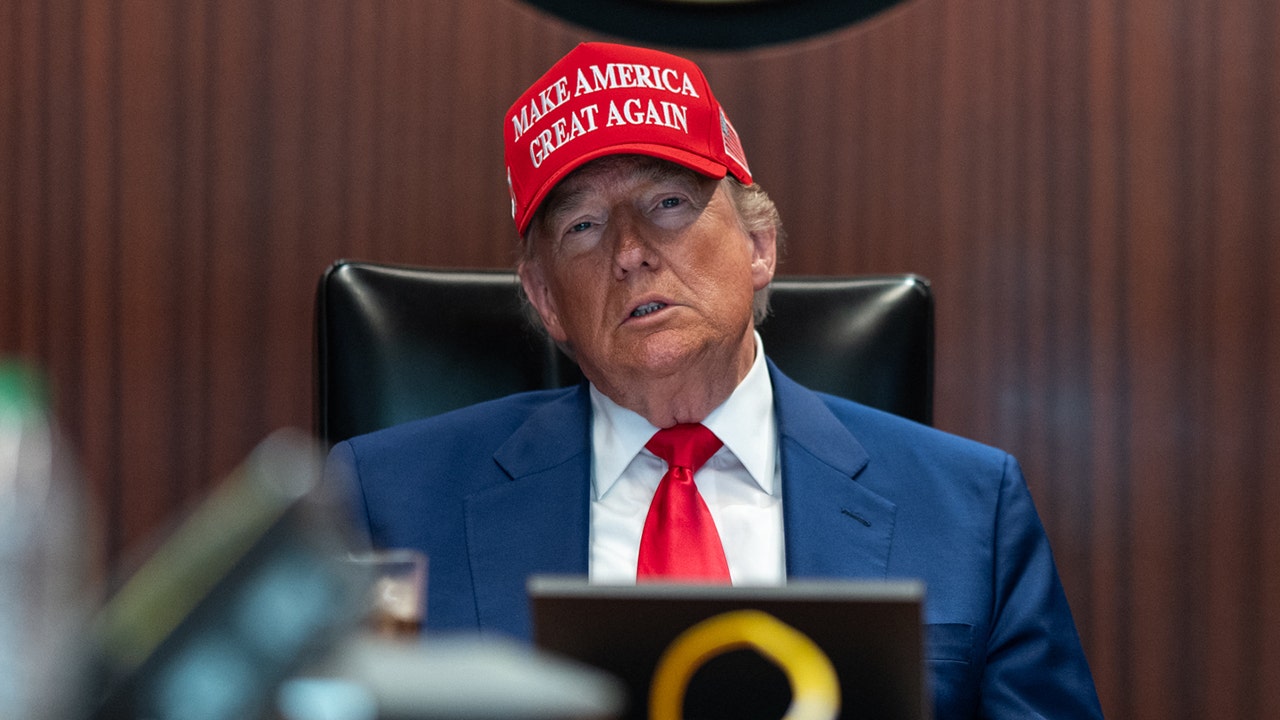Strait of Hormuz closure on the cards: Why India isn't hitting the panic button over oil yet

Standing at the lectern in the White House briefing room, Karoline Leavitt, President Donald Trump’s press secretary, read aloud a message she said came “directly from the president.”
Citing a “substantial chance of negotiations” with Iran, the statement said Trump would wait two weeks before deciding whether to launch air strikes in the Middle East. Less than 30 hours later, Trump gave the go-ahead for a sweeping aerial assault on Iran’s nuclear facilities—joining Israel in the most significant Western military action against Iran since its 1979 revolution.
As global tensions mount, analysts are closely watching how Tehran might respond. One possibility is the closure of the Strait of Hormuz—a strategic maritime corridor through which more than 20 million barrels of oil and a significant volume of liquefied natural gas (LNG) pass daily.
The Strait of Hormuz, just 33 km wide at its narrowest point, connects the Persian Gulf to the Arabian Sea and Indian Ocean. With only two-mile-wide shipping lanes in each direction, it is a chokepoint for tankers moving oil and gas from the Gulf to the world.
According to the US Energy Information Administration (EIA), an average of 20.3 million barrels of oil and 290 million cubic meters of LNG transited the Strait daily in 2024. Most of it comes from Saudi Arabia, Iraq, UAE, Kuwait, Iran, and Qatar.
While disruptions were once a bigger concern for the West, today it's Asia that stands most exposed. More than 80 per cent of the oil passing through the Strait is destined for Asia. India, China, Japan, and South Korea accounted for 67 per cent of these flows in 2022 and early 2023.
India imports 90 per cent of its crude oil, with about 40 per cent sourced from Gulf countries like Iraq, Saudi Arabia, UAE, and Kuwait—all dependent on Hormuz. But India’s risk profile is changing quickly.
Russia’s oil (Urals, ESPO, Sokol) reaches India via the Cape of Good Hope, the Suez Canal, or the Pacific, giving New Delhi important logistical flexibility. Indian refiners, for their part, have invested in processing flexibility to handle a wider variety of crude.
Not yet. Tehran has made multiple threats over the years—most notably in 2012, 2018, and 2019—but has never followed through. Even during the Tanker War of the 1980s, when Iran and Iraq attacked Gulf shipping, the Strait remained open.
The most recent flashpoint came in April 2024, when Iranian forces seized a container ship near Hormuz following Israeli strikes on an Iranian consulate in Syria.
While some Iranian leaders have once again raised the prospect of closure, most analysts remain skeptical.
US Secretary of State Marco Rubio publicly urged China to dissuade Iran from escalating.
“I encourage the Chinese government in Beijing to call them [Iran] about that,” Rubio told Fox News. “If they [close the Strait]... it will be economic suicide for them.”
China is Iran’s largest oil customer, importing 1.8 million bpd in May, according to Vortexa. Any closure would also hit India, Japan, and South Korea, which rely on the same corridor.
Closing the Strait would be economically and diplomatically self-defeating for Iran.
So far, the government appears confident. Oil Minister Hardeep Singh Puri said that India has adequate reserves and access to alternate sources. Over the years, the government has also worked on diversification of its sources of crude oil, significantly reducing the dependence on Strait of Hormuz.
At present, India enjoys a certain degree of cusion. Key buffers include:
State-owned retailers like IOC, BPCL, and HPCL also have built-up margins after holding retail prices steady during periods of low global crude prices.
The Strait of Hormuz remains a geopolitical flashpoint, but India’s energy security posture has changed. With a more diversified crude basket, greater sourcing resilience, and improved infrastructure, a short-term disruption would be manageable—though not painless.
Still, if the conflict deepens or becomes protracted, oil prices could spike, and shipping patterns may shift rapidly—testing how robust India’s backup plans really are.












